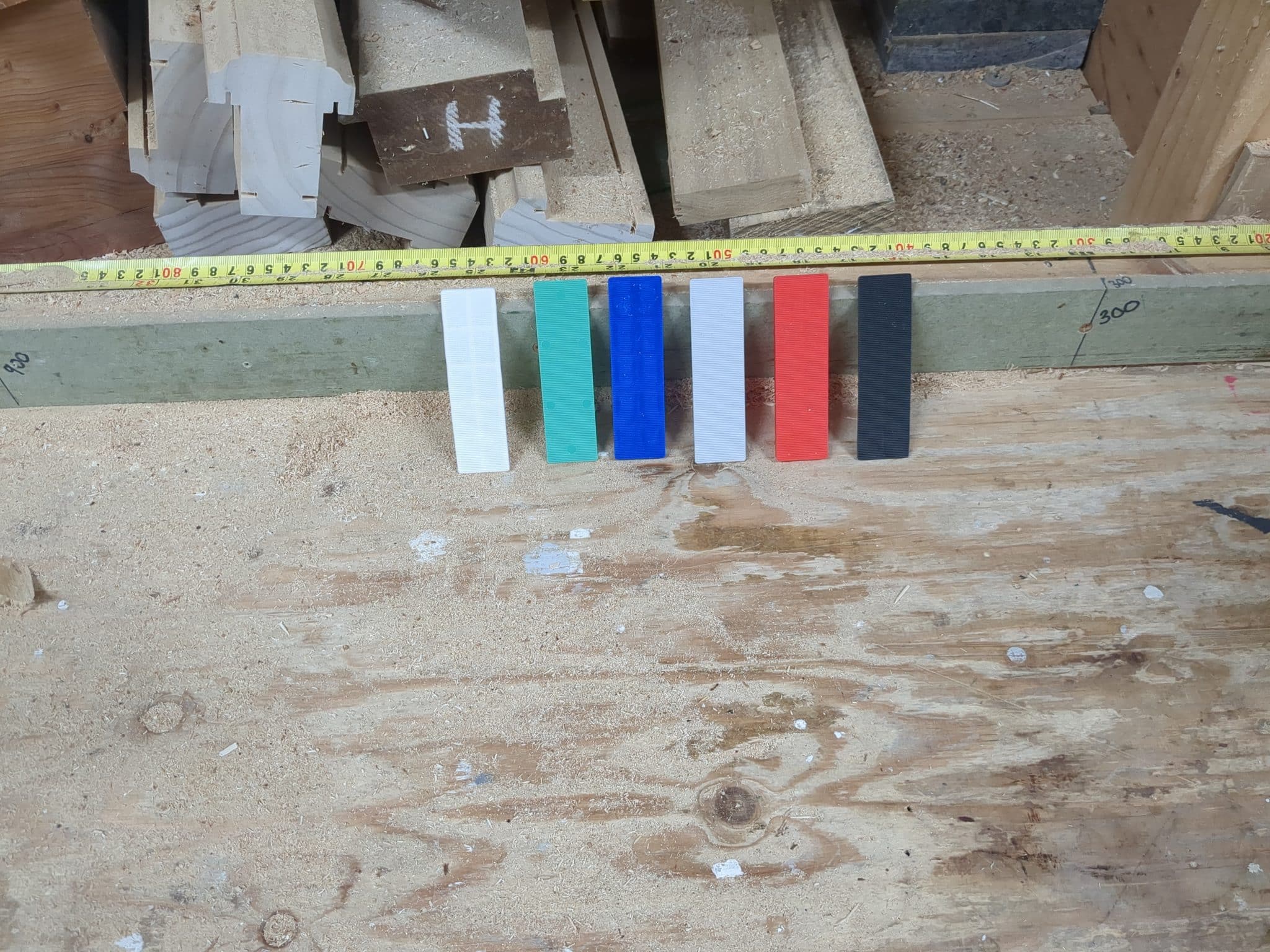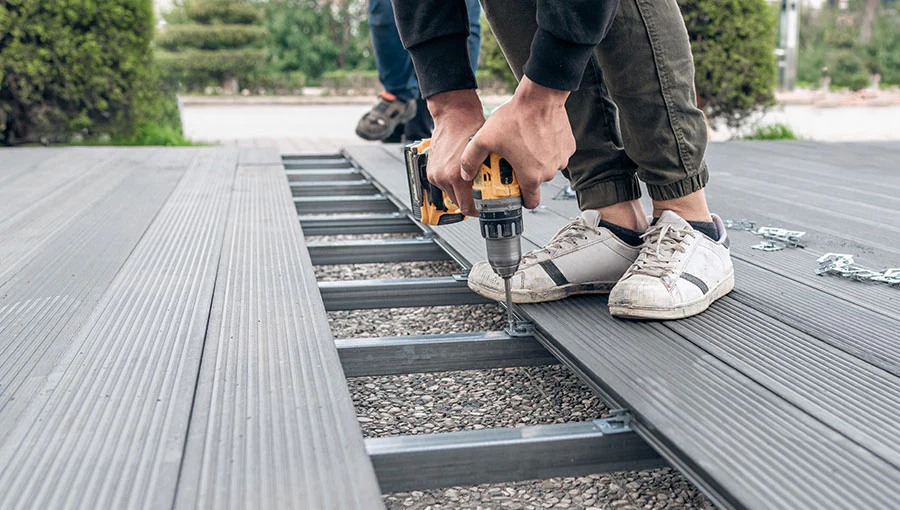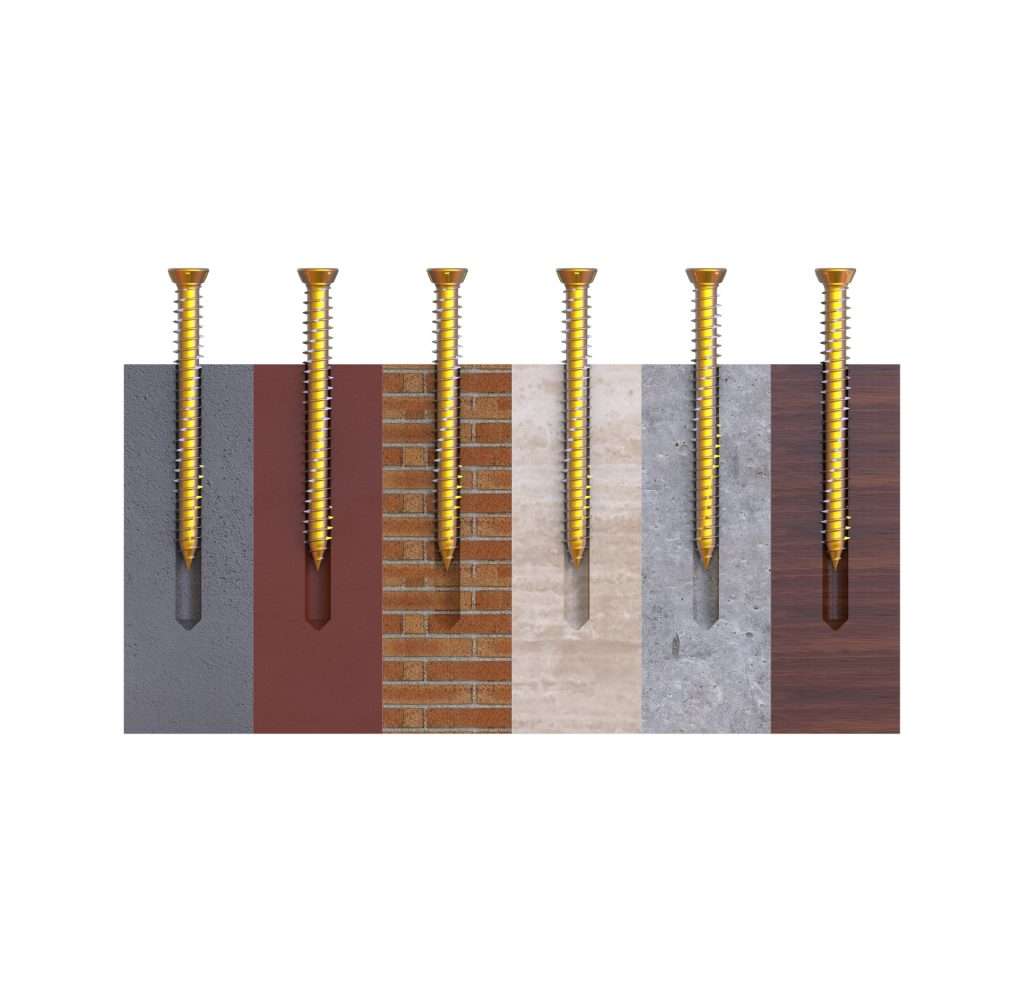It’s important to understand the advantages of using flat packers plastic in your construction projects. This innovative material offers significant durability and lightweight properties, making it easier to handle and transport. Moreover, flat packers plastic provides exceptional resistance to moisture and chemicals, ensuring your structures maintain integrity over time. By incorporating this versatile solution, you can enhance your construction efficiency and ultimately reduce costs, allowing you to focus on delivering quality results. Explore the remarkable benefits of flat packers plastic and elevate your construction practices today.
Flat Packers Plastic Key Takeaways:
- Cost-Effective: Flat packers plastic offers a more economical solution compared to traditional materials, helping to reduce overall project costs.
- Lightweight: The lightweight nature of flat packers plastic makes it easier to handle and transport, enhancing efficiency on construction sites.
- Durability: These materials are designed to withstand various environmental conditions, ensuring long-lasting performance in construction applications.
- Eco-Friendly: Many flat packers plastics are recyclable and contribute to sustainable building practices, reducing environmental impact.
- Versatility: Flat packers plastic can be used in a variety of construction applications, offering flexibility for different project requirements.
Overview of Flat Packers Plastic
Before delving into its advantages, it’s necessary to understand what Flat Packers Plastic entails and its significant role in the construction industry. This innovative material boasts numerous benefits that enhance construction processes, from reducing waste to improving structural integrity. You’ll discover how utilising Flat Packers Plastic can positively impact your projects.
Definition and Composition
Overview, Flat Packers Plastic refers to a specific type of plastic packing material designed to provide support and reinforcement in construction applications. Typically composed of high-density polyethylene (HDPE) or polypropylene, this material is engineered for durability, impact resistance, and versatility, making it an ideal choice for various construction tasks.
Types of Flat Packers Plastic
Types of Flat Packers Plastic encompass various forms tailored to different applications. The most common include:
- Standard Flat Packers – General-purpose supports
- Heavy-Duty Flat Packers – Designed for high-load applications
- Airtight Flat Packers – Provides moisture protection
- Custom Flat Packers – Tailored sizes for specific needs
- Eco-Friendly Flat Packers – Made from recycled materials
Knowing the different types available will help you select the best option for your specific construction requirements.
| Type | Usage |
| Standard Flat Packers | General-purpose supports |
| Heavy-Duty Flat Packers | High-load applications |
| Airtight Flat Packers | Moisture protection |
| Custom Flat Packers | Specific needs |
| Eco-Friendly Flat Packers | Recycled materials |
To further understand the types of Flat Packers Plastic, consider the material’s versatility in different contexts. Each type serves your specific needs while ensuring compliance with building regulations. Here’s a brief overview of their characteristics:
- Standard Flat Packers provide basic support and are easy to source.
- Heavy-Duty Flat Packers offer enhanced strength for demanding environments.
- Airtight Flat Packers act as a barrier against moisture infiltration.
- Custom Flat Packers can be designed to fit unique structural requirements.
- Eco-Friendly Flat Packers support sustainable construction practices.
Knowing the options at your disposal allows you to optimise your construction projects effectively.
| Type | Characteristic |
| Standard Flat Packers | Widely available, basic support |
| Heavy-Duty Flat Packers | Resilient to heavy weights |
| Airtight Flat Packers | Prevents moisture issues |
| Custom Flat Packers | Meticulously tailored |
| Eco-Friendly Flat Packers | Supports recycling initiatives |
Advantages of Flat Packers Plastic in Construction
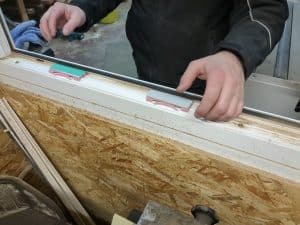
Durability and Strength
Behind the allure of flat packers plastic lies its exceptional durability and strength. Designed to withstand harsh environmental conditions, this material ensures that your construction efforts can endure the test of time. Its robust nature reduces the likelihood of damage, giving you peace of mind during and after installation.
Cost-Effectiveness
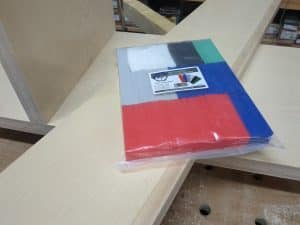
And as you evaluate your construction needs, consider how cost-effective options can ultimately improve your project margins. Using flat packers plastic, you have the opportunity to lower labour costs due to its straightforward assembly, leading to quicker project completions. Additionally, this material is resistant to wear and tear, translating to lower maintenance requirements over time, ensuring that your investments are safeguarded. Overall, incorporating flat packers plastic represents a smart financial decision for your constructions, enhancing both value and performance.
Environmental Impact
Keep in mind that the use of flat packers plastic can significantly reduce your project’s environmental footprint. By opting for this innovative material, you contribute to minimising waste and lowering carbon emissions, as it embraces modern practices conducive to environmental preservation.
Sustainability and Recycling
Impact on the environment is a growing concern in construction. Flat packers plastic can be recycled and repurposed, ensuring the material does not contribute to landfill waste. This sustainable approach encourages a circular economy, allowing resources to be used more efficiently and effectively in your projects.
Comparison with Traditional Materials
Sustainability is a key consideration when comparing flat packers plastic with traditional materials. While traditional materials may require extensive natural resources and energy for production, flat packers plastic optimises resource usage, resulting in a more environmentally friendly choice for your construction needs.
Comparison of Materials
| Traditional Materials | Flat Packers Plastic |
|---|---|
| High resource consumption | Lower resource consumption |
| Limited recyclability | Highly recyclable and reusable |
| Higher carbon emissions | Lower carbon footprint |
Indeed, using flat packers plastic not only benefits your construction projects but also contributes positively to the environment. This modern alternative offers advantages like reduced weight and easier handling, making it a compelling choice over traditional materials which can be more cumbersome and less efficient. Adopting flat packers plastic aligns your projects with a sustainable future, ensuring a responsible approach to construction.
Sustainability Features
| Feature | Flat Packers Plastic |
|---|---|
| Recyclability | 100% recyclable |
| Resource Efficiency | Optimised for minimal waste |
| Lifecycle Impact | Reduced environmental impact |
Application Areas in Construction
All sectors of construction can benefit significantly from the adoption of flat packers plastic. This innovative material is suited for a variety of applications, offering enhanced durability and flexibility. From residential projects to large-scale commercial developments, flat packers plastic proves to be a versatile solution, meeting the specific needs of each area efficiently.
Residential Projects
Along with offering strength and adaptability, flat packers plastic is an excellent choice for residential projects. Its lightweight properties and ease of handling enable you to speed up installation processes, while still maintaining high standards of safety and building integrity.
Commercial Developments
One of the key advantages of using flat packers plastic in commercial developments is its ability to cater to large-scale operations while ensuring structural resilience.
A notable benefit is the reduction in downtime during construction, as flat packers plastic can be easily prefabricated and transported to your site. This ultimately leads to cost savings and a more efficient workflow. Furthermore, its resistance to various environmental factors means you can trust its longevity and performance in diverse settings. Investing in flat packers plastic can significantly enhance your project’s sustainability, making it an ideal choice for modern commercial construction.
Installation and Usage Guidelines
Many users find that following proper installation and usage guidelines is crucial for maximising the benefits of flat packers plastic. Ensure that you thoroughly inspect the site and prepare the ground adequately before installation. Additionally, follow the manufacturer’s instructions closely to guarantee correct application and functionality. Regular maintenance and monitoring after installation will also help ensure longevity and effectiveness in your construction project.
Best Practices
Across various projects, adopting best practices will enhance the performance of flat packers plastic. Always ensure that your materials are stored correctly to prevent damage, and utilise proper tools during installation to achieve a secure fit. Engaging experienced personnel can also significantly improve the outcome, allowing for a smoother and more efficient process.
Common Pitfalls to Avoid

Common mistakes include failing to assess the ground conditions adequately, which can lead to instability once the flat packers plastic is installed. Additionally, overlooking proper sealing and anchoring can result in ineffective drainage and decreased durability. Ensuring you are using the right size and type of flat packers plastic is also important; using incompatible materials can significantly undermine your construction project’s integrity. By avoiding these errors, you can enhance the effectiveness and lifespan of your installations.
Industry Trends and Innovations
Unlike traditional construction materials, flat packers plastic is becoming increasingly popular due to advancements in manufacturing processes and sustainable practices. This shift towards utilising more eco-friendly options reflects a broader trend within the construction industry, aimed at addressing environmental concerns while maintaining efficiency. As new techniques and materials are developed, you will find that flat packers plastic is not only cost-effective but also aligns with modern preferences for minimal environmental impact.
Advancements in Technology
Above all, technology has played a pivotal role in improving the performance and usability of flat packers plastic. Innovations in polymer science have led to the development of stronger, lighter materials that enhance structural integrity. This means that you can utilise these products with greater confidence, knowing they can support various construction demands while also being easier to transport and install.
Future Outlook
After examining current trends, it is clear that the future of flat packers plastic in construction is promising. As more builders and developers recognise the benefits of using these materials, you can anticipate greater adoption rates, leading to enhanced designs and sustainable practices across the industry.
In fact, the positive trajectory suggests that flat packers plastic may revolutionise building methods as you seek stronger, more adaptable materials. As environmental regulations tighten, you will likely see a shift toward high-performance recycled plastics in construction. This not only contributes to sustainability but also offers new opportunities for innovative design solutions. The demand for flat packers plastic will likely increase as you strive for more efficient, cost-effective, and eco-friendly construction methods, reinforcing its position in the future of the industry.
Final Words
Presently, utilising Flat Packers Plastic in your construction projects can significantly enhance efficiency and sustainability. By opting for this material, you benefit from its lightweight properties, ease of transport, and resilience, ultimately saving you time and resources. Furthermore, its adaptability allows for innovative design solutions, making it a versatile choice for various construction applications. As you consider your next project, integrating Flat Packers Plastic could lead to improved outcomes and a stronger commitment to eco-friendly practices.
Flat Packers Plastic FAQ
Q: What are flat packers plastic and how are they used in construction?
A: Flat packers plastic are specially designed spacers made from durable plastic materials. They are commonly used in construction to achieve precise spacing and alignment between structural elements, such as beams and walls. These packers ensure that the components are level and positioned correctly, facilitating a stable and strong build. Their light weight and resistance to moisture make them ideal for a wide range of construction applications.
Q: What advantages do flat packers plastic offer over traditional materials?
A: One significant advantage of flat packers plastic is their resistance to weathering and chemicals, which enhances their durability compared to traditional wooden packers that may rot or warp over time. Additionally, they provide consistent spacing that does not change with environmental conditions, ensuring that the construction remains stable. Furthermore, flat packers plastic are often more cost-effective in the long run, as they require less maintenance and do not need to be replaced frequently.
Q: Can flat packers plastic be recycled, and what impact does this have on construction sustainability?
A: Yes, many flat packers plastic are made from recyclable materials, which contributes positively to construction sustainability efforts. By opting for recyclable products, construction projects can reduce waste and minimise their environmental footprint. This aspect aligns with the growing trend towards sustainable building practices, making flat packers plastic not only an efficient option but also a responsible choice for environmentally conscious developers.

